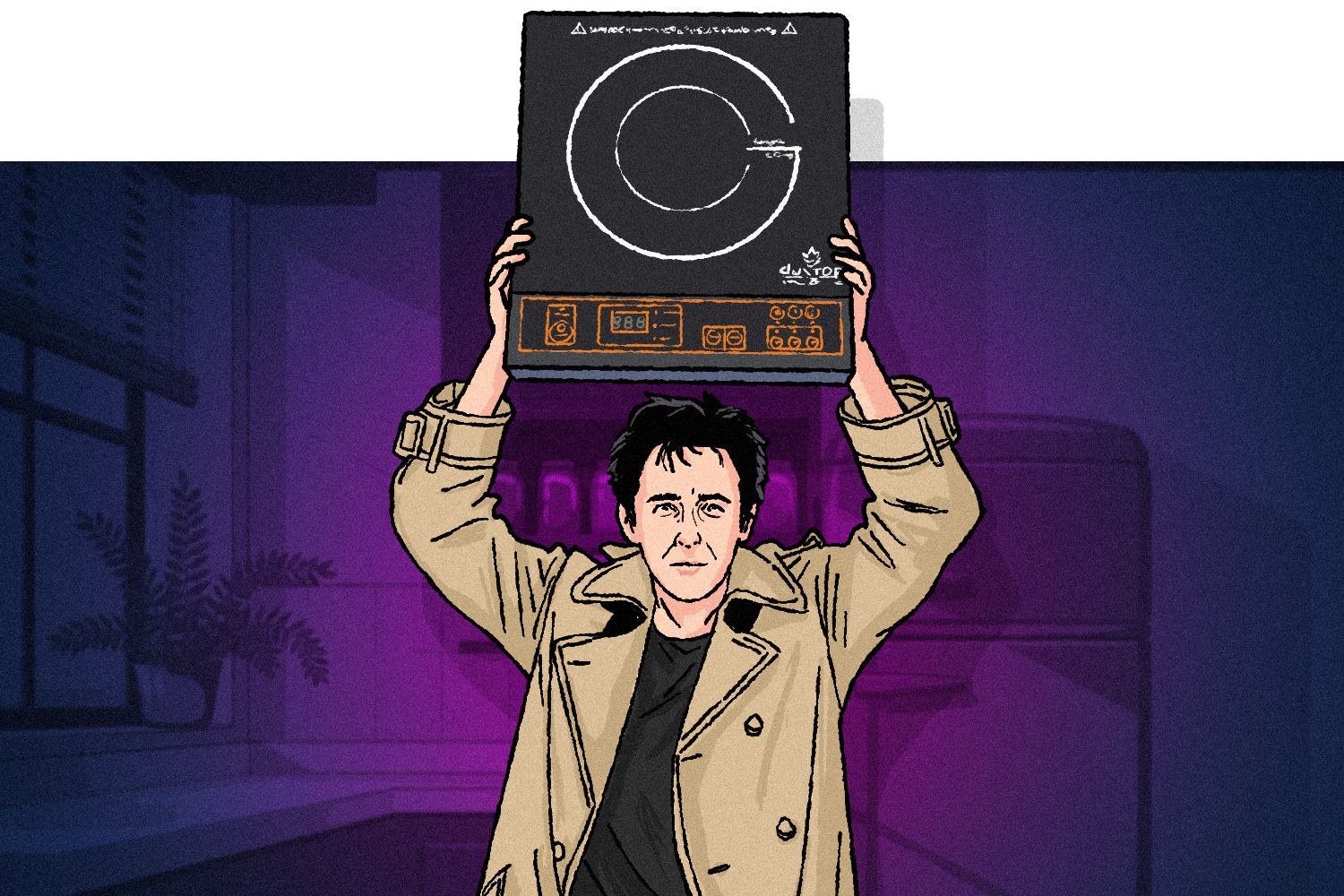The best induction burner will make you forget about gas
It’s smart, easy to control, and excels at nearly all cooking tasks.

Sign up and save the world
The one5c newsletter delivers our best tips right to your inbox
Gas stoves, long favored by serious cooks and restaurant chefs for their quick heat-up times and precise temperature control, are in the hot seat. Continuing research has shown that the methane they r……

